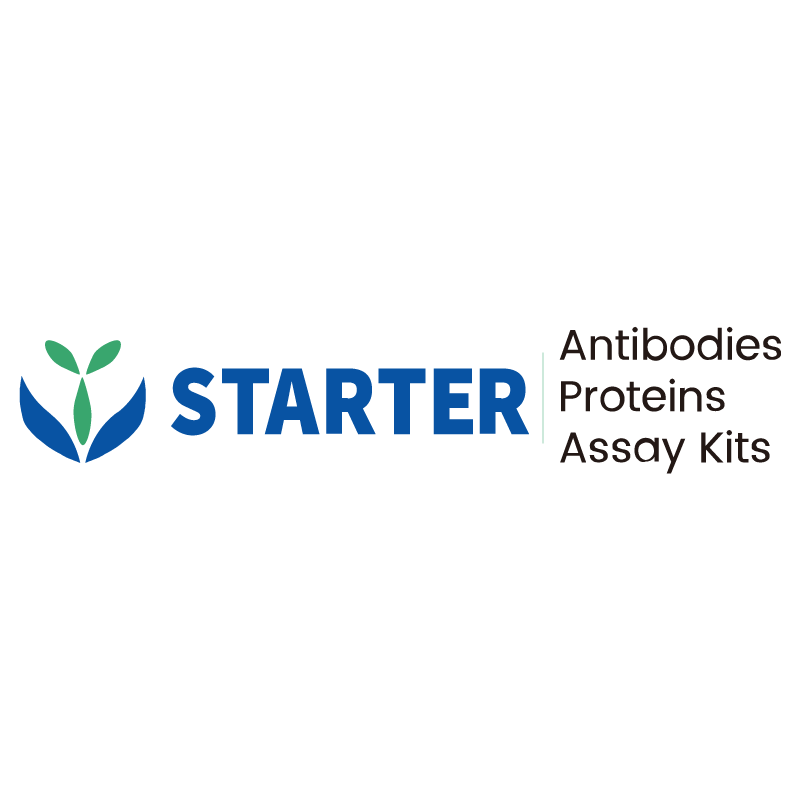Flow cytometric analysis of Mouse CD4 expression on BALB/c mouse splenocytes. BALB/c mouse splenocytes were stained with Brilliant Violet 421™ Rat Anti-Mouse CD3 Antibody and either PE-Cy7 Rat IgG2b, κ Isotype Control (Left panel) or SDT Percp-Cy5.5 Rat Anti-Mouse CD4 Antibody (Right panel) at 1.25 μl/test treated with True-Stain Monocyte Blocker™. Flow cytometry and data analysis were performed using BD FACSymphony™ A1 and FlowJo™ software.
Product Details
Product Details
Product Specification
| Host | Rat |
| Antigen | CD4 |
| Synonyms | T-cell surface glycoprotein CD4; T-cell differentiation antigen L3T4; T-cell surface antigen T4/Leu-3 |
| Location | Cell membrane |
| Accession | P06332 |
| Clone Number | S-R382 |
| Antibody Type | Rat mAb |
| Isotype | IgG2b,k |
| Application | FCM |
| Reactivity | Ms |
| Positive Sample | BALB/c mouse splenocytes |
| Purification | Protein G |
| Concentration | 0.2mg/ml |
| Conjugation | PE-Cy7 |
| Physical Appearance | Liquid |
| Storage Buffer | PBS, 1% BSA, 0.3% Proclin 300 |
| Stability & Storage | 12 months from date of receipt / reconstitution, 2 to 8 °C as supplied. |
Dilution
| application | dilution | species |
| FCM | 1.25μl per million cells in 100μl volume | Ms |
Background
CD4 is a glycoprotein that functions as a co-receptor for the T-cell receptor (TCR) and is primarily expressed on the surface of helper T cells, monocytes, macrophages, and dendritic cells. It is a member of the immunoglobulin superfamily, consisting of four immunoglobulin domains (D1 to D4) that interact with MHC class II molecules on antigen-presenting cells. This interaction, mediated by the D1 domain of CD4, ensures that T cells recognize antigens presented by MHC II. The cytoplasmic tail of CD4 contains motifs that recruit the tyrosine kinase Lck, which amplifies T cell activation signals. Additionally, CD4 is crucial in the immune response, as it helps activate CD4+ T helper cells, which in turn stimulate other immune cells to combat infections. However, CD4 is also the primary receptor for HIV, allowing the virus to enter host T cells and cause immunodeficiency.
Picture
Picture
FC


